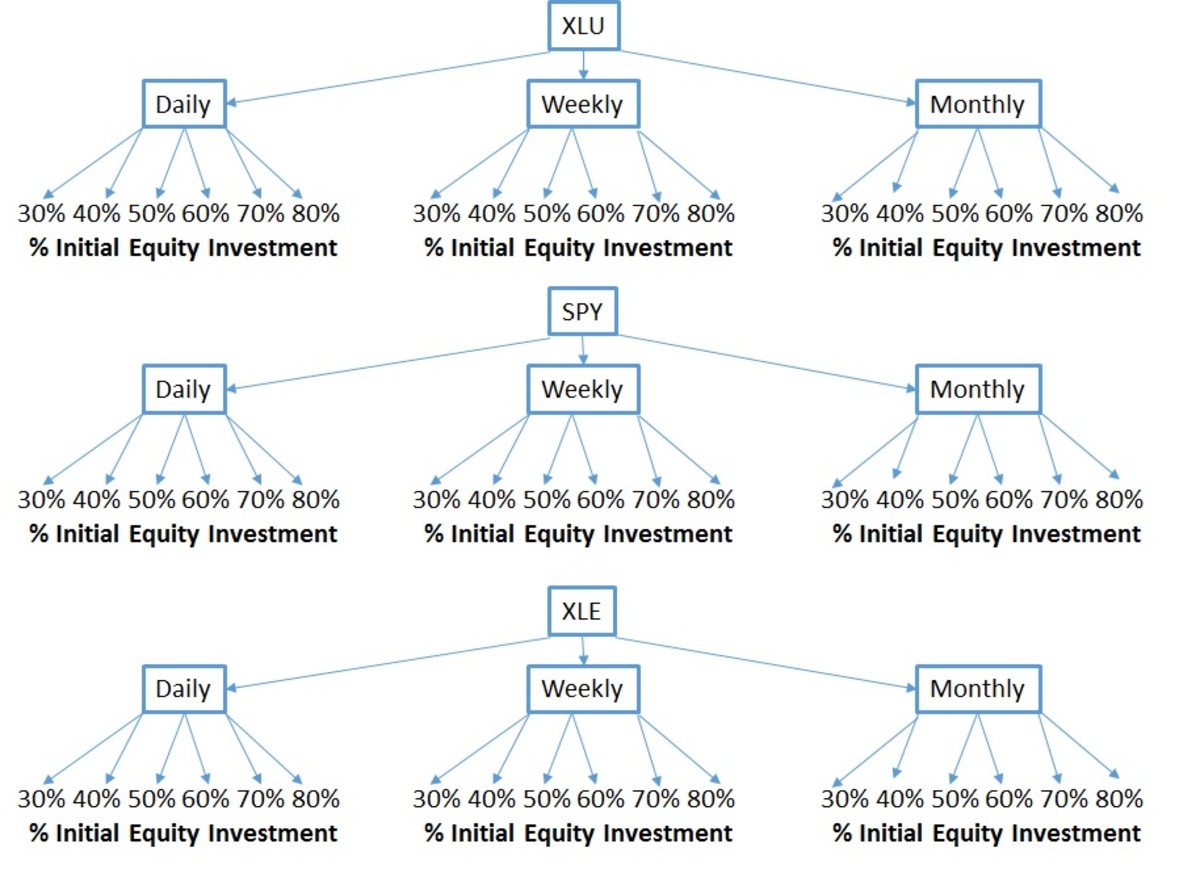The Social Equity Model for Employment and Income : A Solution to the Root Cause of Poverty in Asia and Africa
The national government advocated international funding assistance and grants through the social and economic services particularly on education, health, infrastructure and job generation. The root cause of poverty is unemployment and low income that could not support basic needs of life. In the global community, it has been addressing the employment problem for centuries now. The political advocacy of communism, socialism and capitalism has been able to focus the problem of poverty. On recent time, only the capitalistic structure has succeeded in solving the problems of unemployment and low income because the proactive corporate enterprises that provided enough jobs and incomes for the poor.
The international community constantly providing all the necessary technical, management, infrastructure support for the sustainable development programs, cooperatives, gender and development, livelihood programs for agriculture, forestry, aquaculture, vocational training and other enormous international projects but it cannot sustain to become corporate enterprise.
The national government has supported the strict standard of the international funding agency but in the long run failed to sustain the programs. It must be noted that these programs where properly identified by the national development economic councils for the priority investment and infrastructure plans by even providing concrete master plan and development plan with all the support of the National Government Agencies (NGAs) and Local Government Units(LGUs). There is also strict protocol or procedure in the development and management cycle from the identification of the projects, proposing feasibility studies, granting the required financial assistance, the implementation of the project until the monitoring and evaluation of the project.
Why can a community livelihood programs, micro-enterprises, cooperatives and local enterprises cannot last long for even10 years? For almost 50 years of the existence of international funding institutions of developed countries failed swiftly to address the success social enterprise for the social equity programs? Is international model of development fail to suit the needs of the third world and developing countries? Is the sovereign state has inefficient and ineffective government to address this issue? What then should be the right remedy to issue this cycle of failures of the sovereign state and international funding agency?
There seems to be a problem in the final stretch of the social and economic development for the employment generation program that failed to address by the sovereign state and international funding agencies. They have the belief that “dole out” may not be the case to put solution to the problem. Or let them stand alone once the whole cycle of development has been placed with a grade of “excellent” in the technical, management, infrastructure and financial support as all provided by the international funding agencies. I believe the sentiments of the international funding agencies about the “equity or share” of the sovereign state for any development projects. However, once the development project has been given to the sovereign state there are now complications on its sustainability. Why?
1. The incompetence, inefficiency, and ineffectiveness of national and local government officials to coordinate and manage the development projects not to mention the problem of graft and corruption, business interest, and other political strife the complicated the situation once the development project is implemented.
2. The organizational process of the development project for social enterprise have all the ideal action to grow the enterprise but seemingly in the long run the financial resources cannot support the market and personnel staff.
3. The development cycle teaches the marketing and promotional plan, from marketing mix to segmentation. Only to find out the product could not support the competitive corporate nature of the business system.
4. The social enterprise has no enough cash to buy the input materials and divested to the local producers. There is no enough economic impact in the production of the product for this social enterprise.
5. The local products on this development projects failed to penetrate in the supermarket, stores, and malls as the primary demand of this product.
In order to address these issues and concerns in the development program for social enterprise such as cooperatives, micro and medium scale enterprises, local trade and industries, there is a need to shift an innovative approach to economic development to address these problems through the “Social Equity Model for Employment and Income” which generate high employment and income.
This is actually an “ Economic Theory of Dynamic Strategy for Social Equity Programs” designed to generate high employment and income that will to totally wipe out the problem of “poverty” in Asia and Africa. It should be noted that the International Development Goals for the “Social Equity Models for Employment and Income “to sustain the employment generation program to attain the modest economic and social impact on the pro-poor program by initiating a social responsibility team to provide technical, management, financial and marketing support in the social equity program.”
The development mission shall provide sustained technical, management, financial and marketing support through the complementary process by linkages and partnership with the public and private sector in the development of social equity programs of the stakeholder. The development strategy shall continue the International Standard Management Program of the International Funding Agencies on the implementation of their development strategies of the social equity program for employment generation and creation of development enterprise such as micro-enterprise and medium scale enterprise to the stakeholders.
The Development Objectives in the Social Equity Programs
1. Continue the International Standard Management Program of the International Funding Agencies on the implementation of their development strategies of the social equity program for employment generation and creation of development enterprise such as micro-enterprise and medium scale enterprise to the stakeholders.
2. Create manage team for the social equity program by the sovereign state for the sustained technical, management, financial and economic support on the development enterprise implemented by the International Funding Agencies .
3. Provide development policy guidelines in the implementation of the social equity programs as employment generation program and micro-enterprise development for the stakeholders.
4. Create an Operational Management Team for the Social Equity Programs for coordinating centers, field support, institutional linkages, ME strategies, financial and management support.
5. Provide the partnership and linkages with the national government agencies such as trade and investment, commercial banks, export and import bureaus,and business centers.
6. Create employment agency for the job generation program for the micro-enterprise or medium scale enterprise.
7. Implement in sustained way the production, distribution and marketing of social equity good and services
8. Develop the marketing mix and segmentation of Social Equity Goods and Services
Development Strategies of the Social Equity Model
1. International Standard Management Program
There are no international changes as to the development policy of the international funding agency on the strategic planning to the implementation of the social equity program.It is usually the prerogative of the international funding agency to implement program that may best their strategic interest of the social equity program. The policy guidelines are in place on the identification of the pro-poor programs such as sustainable development, gender and development, job generation and micro-enterprise development.
2. Management of Social Equity Mechanism
a) Development Policy Guidelines on Sustained Support by the National Government and Local Government Units.
b) Operational Management Team of Social Equity Mechanism
1) Management Team Coordinating Support
2) Management Team Field Support and Institutional Linkages
3) Financial and Marketing Team Support
4) Evaluation and Monitoring Management Team Support
c) Complementary Partnership and Linkages with the national government agencies such as trade and investment, commercial banks, export and import bureaus, business centers.
1) National and Local Government Support Team on Social Equity
2) Local and National Trade and Investment Support Team for the Marketing Program
3) Business Centers Coordinating Centers ( Malls,Supermarket and Local Grocery Stores)
4) International Marketing Support and Quality Management
5) Commercial Banks Support
d) The employment agency job generation program for the micro-enterprise or medium scale enterprise.
e) Production, Distribution and Marketing of Social Equity Goods and Services.
f) Marketing Mix and Segmentation of Social Equity Goods and Services
Warning Signs in the in Implementation of the Livelihood Programs, Micro-and Medium Scale Enterprises, Cooperatives, Sustainable Development and GAD Enterprises, Local Trades and Industries .
“The poor people are inherently creative to produce agricultural crops, handicrafts, souvenir items, food products, conned goods and other native products that could compete in the corporate world. Someone should assist them to market their product then no one will become poor once they have income and employment out of their product initiative.”
Find out more conceptual design on the “Social Equity Model for Employment and Income” in this username “savior” in the hubPages Articles
1.“Economic Theory of Dynamic Strategy for Social Equity Programs”
2. “The Social Equity Model for Employment and Income: The Reality Check in the Social Enterprises of the SovereignState.”








